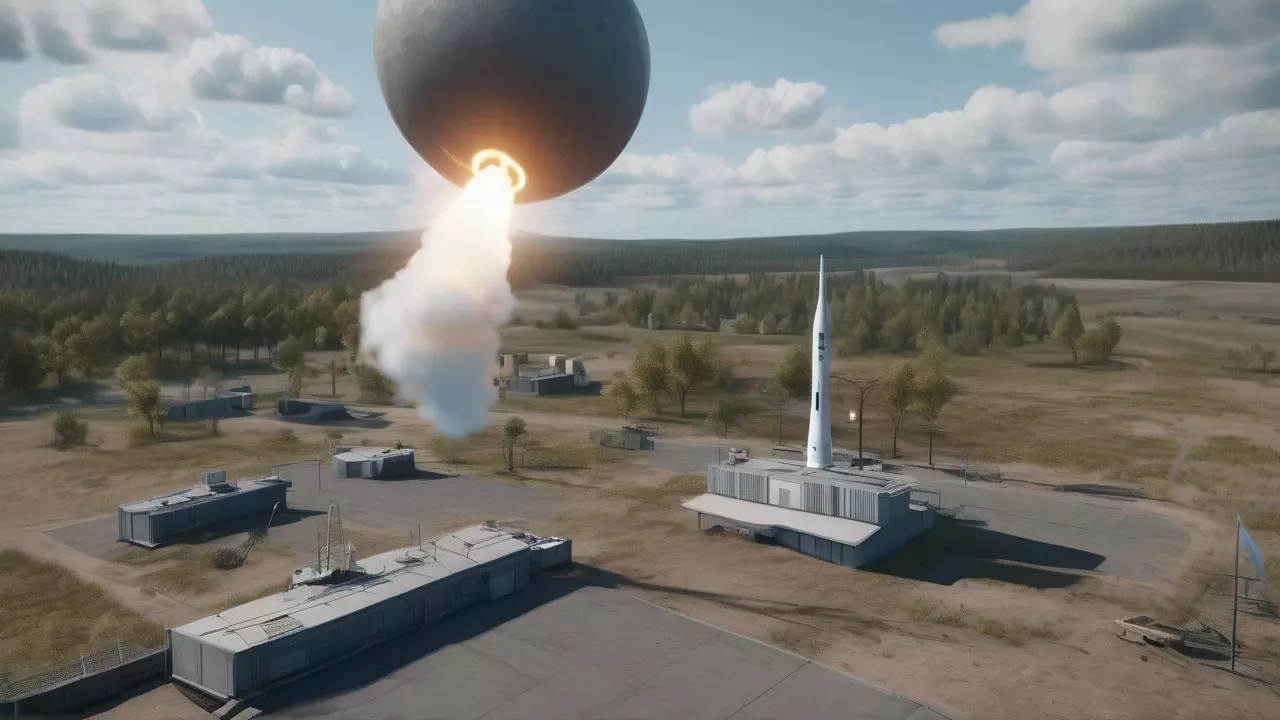Russia’s Cyber Attack on Ukraine: A Battle for Communication and Space Supremacy

Before the physical invasion of Ukraine, Russian leaders initiated a covert operation aimed at crippling Ukraine’s communication systems. The Russian military intelligence directorate executed a cyber-attack on the ground stations of an American satellite network, Viasat, which was crucial for Ukraine’s president and defense heads to communicate and command their soldiers. This attack successfully destroyed tens of thousands of Viasat modems, jeopardizing vital communication links between Kyiv and its defenders, as well as with allies globally.
The Russian military’s strategy was to isolate Ukraine’s top commanders within a digital Iron Curtain, while simultaneously targeting television and telecommunications towers. The goal was to smother Ukraine’s defense mechanisms in the chaos of war. This mission also involved severing Kyiv’s links to the American satellite constellation that provided internet coverage and coordination capabilities for Ukraine’s resistance.
Despite Russia’s initial success in disrupting Ukraine’s communication systems, the tide turned when Elon Musk began rushing tens of thousands of Starlink stations into Ukraine. These stations reconnected the country to the World Wide Web via satellites. Additionally, imaging satellite creators Maxar Technologies and Planet Labs began providing high-resolution panoramic photographs of the Russian line of tanks and the devastation caused by Moscow’s missiles.
In response, Russian envoys threatened at UN gatherings to shoot down American satellites aiding Ukraine. However, Russia’s capabilities in this area are significantly behind those of the U.S. and other NATO nations. Despite the successful attack on Viasat’s ground terminals, Russia has failed to achieve its primary objective – denying the Ukrainian military access to space-derived information.
The cooperation Ukraine received from Western countries and commercial services, which Russia cannot access, was not anticipated by Russia. Despite threats to target Western satellites, Russia’s defense chiefs likely concluded that destroying one or two Western satellites would do little to counterbalance Russia’s lagging space power. Instead, Moscow has launched missiles against Starlink stations across Ukraine, and against Dnipro, Ukraine’s space center.
This conflict has been described as the first two-sided space war in human history, with Ukraine currently leading due to its partnerships. This could potentially be a precursor to more technologically advanced space conflicts in the future between superpowers. However, the potential for significant missile battles in these future conflicts could render low Earth orbit uninhabitable for human explorers.
Source - NewsGpt
